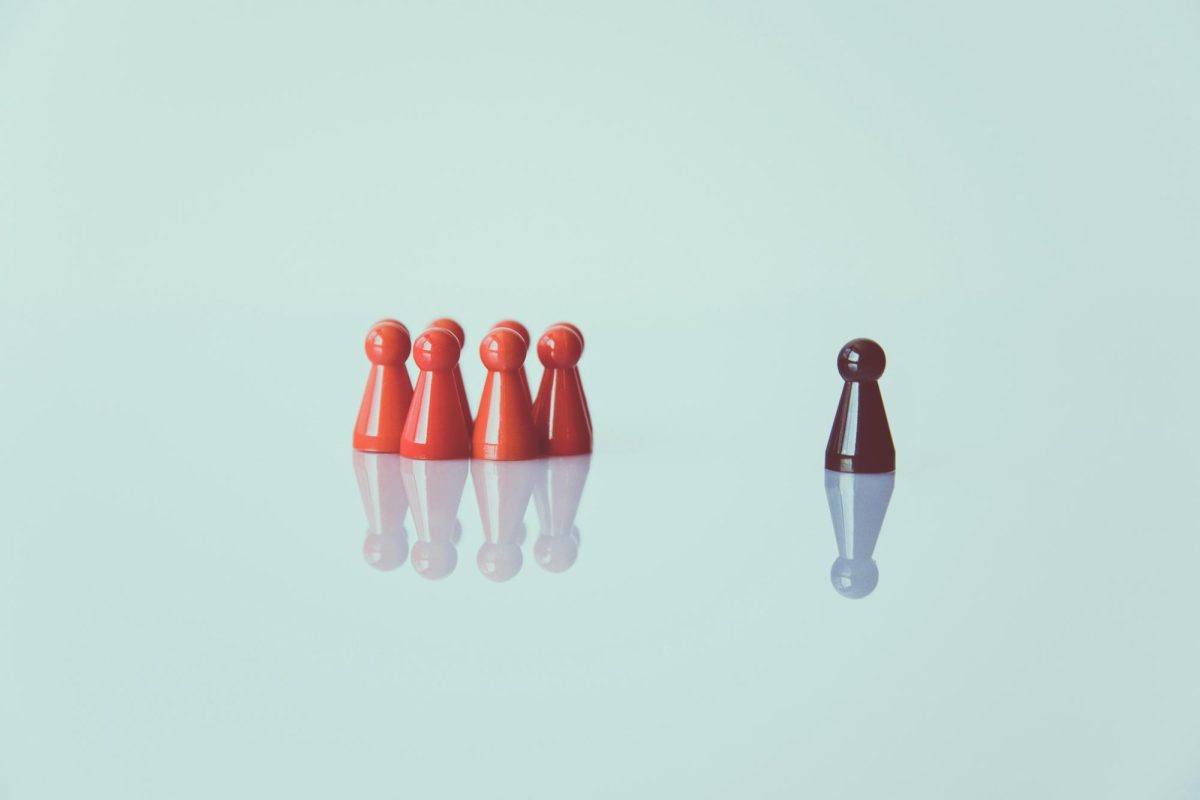
Markus Spiske/Unsplash
People around me have always talked about facing racism, and I always wondered how it would feel if I were ever in their place. Until I was.
I moved to the United States from Nepal when I was 14. I grew accustomed to the way of life here and started to view Texas as my home. However, that feeling was short-lived.
Racism comes in different forms. Discrimination is a persistent problem faced by many people of color in America, and even though ethnic groups have made great progress, subtle racial bias remains.
It is not always deliberate but rather subconscious. The unintended racism might not be overt, but it causes the same devastation, especially among teenagers.
The first time I felt like an outsider was after I talked to my teacher about a class project.
She was unexpectedly rude and dismissive.
At first, I mistook her reaction for her personality, but then I noticed her acting friendly toward my white classmates.
Having been in the States for only a year, she already expected me to know the things I was not used to. Concerns over my assignments were met with the assumption that I would automatically know what to do.
It seemed impossible to understand the curriculum, and my teacher’s unwillingness to compromise our differences to help me did not make it easier.
Being forced to leave myself at the classroom door to avoid getting ridiculed had become a daily ritual for me.
My friends and I shared similar experiences with our teacher. The contrast in expectations between us and her favored white students exposed her bias.
Initially, I doubted her disdain, thinking it would fade with time. However, my doubts were confirmed with the repetition of her unfairness toward me.
This behavior was a hint at how I was perceived differently than others. From then on, I felt unmotivated to do anything, and my grades began to decline.
The backhanded sarcasm about my falling grades and my inability to adhere to this new thing called Canvas was a part of her small talk.
Her indifference had a great effect on me when recognizing her warmth was only limited to my white classmates, leading me to gradually be conscious of my physical appearance.
I then found myself being hyper-aware of how everyone would treat me and my family. This prompted the realization that I was oblivious to the indifference we encountered in the past.
An adolescent’s experience is essential to shaping their future beliefs. When a child is raised to accept inequality as normal, it inevitably perpetuates the cycle, spreading it like a disease from generation to generation.
Cultural issues like racism exist within us, and the cause of subtle racism goes far beyond the beholder.
It is unintentional because it has been subconsciously taught.
The thing about racism is that no one ever denies it as a part of our existence as people of color. However, the effects of it on both ends are not acknowledged enough.
It makes adolescents like me feel little, leading us to doubt our place in society. The perpetrators are also victims, being forced to base their beliefs off of their ancestors and pass it onto their offspring like it’s an heirloom, keeping them stuck in a loop.
Today’s generation is a victim of the problem that has been preserved. Ingrained in one’s upbringing, it limits an individual’s experiences outside of their culture without them even realizing it, keeping them closed off.
The subconscious barrier between me and my teacher limited her knowledge about my culture. If only she experimented outside of her mind, she would have been able to break free of this loop.
For decades, this trait has hindered everyone like double edged swords. It is not who we are. It is rather what we are taught.